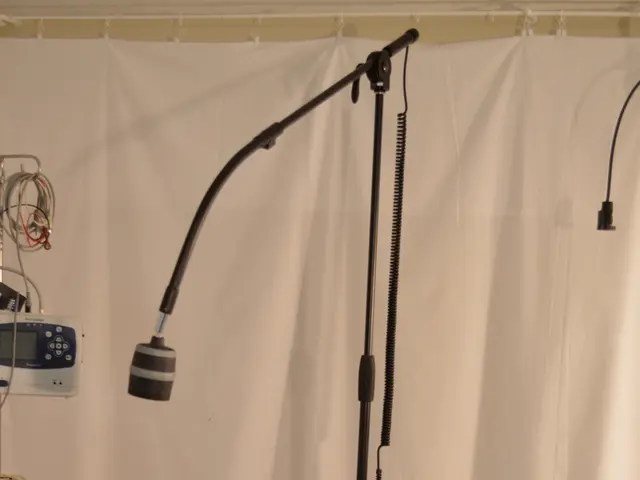Developing a Basic Functional Product (BFP) and Procuring Financing in 2025: A Guide
Starting Big with Small Steps: The Power of Minimum Viable Products (MVPs)
Minimum Viable Products (MVPs) have played a crucial role in the success stories of many well-known companies. By testing core ideas with minimal resources, these companies have managed to validate their business models and gain real user feedback early, paving the way for growth and innovation.
Facebook, for instance, started as a simple MVP in 2004, offering basic features such as User Profiles, News Feed, Friend Requests, and Photo Albums. Similarly, Airbnb began by renting out air mattresses in a San Francisco apartment and creating a basic website listing the space, testing whether there was demand for affordable short-term rentals.
Amazon, Dropbox, Snapchat, Zappos, Twitter, Instagram, and Buffer are other examples of companies that successfully launched with MVPs. These MVPs ranged from explainer videos, simple landing pages, or basic websites, demonstrating the versatility of this approach.
The cost of developing an MVP can vary significantly, depending on factors such as product complexity, UI/UX design, location of the development team, and industry. For instance, a video-calling app MVP can cost between $30,000 and $50,000, while an MVP for a food delivery app or website can cost between $42,000 and $51,000. An MVP for real estate might cost around $45,000.
When pitching an MVP to potential investors, it is crucial to focus on the future, not the past, and highlight the potential of the product and its ability to grow in the future. It is also important to be prepared to answer questions about the risks and challenges associated with the product.
Investors such as angel investors, venture capitalists, and even friends and family can provide funding for MVPs. Crowdfunding is another option, especially for MVPs with a compelling story and the ability to generate interest among potential investors.
Government programs and incentives can also be a source of funding for MVPs. Community Development Financial Institutions (CDFIs), for example, invest in businesses in low to moderate-income communities.
Building an MVP is a cost-effective and less risky way to test the success of a business idea compared to traditional product development. By starting small, businesses can validate their ideas, gather user feedback, and iterate towards market fit, often employing unconventional approaches to gain an edge.
References: 1. First Round Review 2. TechCrunch 3. Forbes 4. Entrepreneur 5. VentureBeat
- Entrepreneurs looking to break into mobile app development may find success by creating Minimum Viable Products (MVPs), as exemplified by companies like Airbnb and Twitter, which validated their business models using this strategy.
- In the world of finance and investing, potential backers often prefer MVPs because they provide a clear understanding of the product's potential for growth and offer an opportunity to address any risks and challenges associated with the venture.
- With the power of technology and the innovative spirit of entrepreneurship, developing a well-thought-out MVP could potentially attract funding from various sources, such as angel investors, venture capitalists, or even government programs and incentives.




